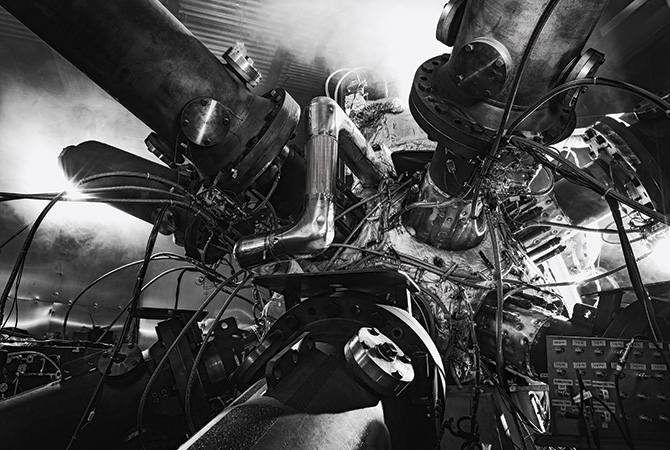We’re at it again – this time with an “electrifying” challenge!
Last week we launched our third crowdsourced challenge, where we describe a technical problem for which we need an innovative solution, put out a cash prize for the best solution(s), and send it out to the entire world.
Things are a little different this time around, though. Think of this challenge as a world-wide brainstorming session. We’re virtually gathering together hundreds of thousands of engineers, scientists, and garage tinkerers from around the world and asking them all what they think. Imagine how difficult that would be to accomplish in person! (“How about next Thursday? Can you all do next Thursday?!”)
So what’s the challenge? We’re looking for ideas on how to alter the path of a very large electrical current in our plasma experiments. Plasma is the super-heated hydrogen gas that fuels General Fusion’s Magnetic Target Fusion process.
In this “ideation” challenge, we’re not asking participants to put together detailed designs or to write software code like we did in our first two challenges. We’re asking for their ideas – outside-the-box ideas – on how to tackle the problem. Instead of only a single prize, we’re putting up a guaranteed pool of $10,000 USD in prize money to be divided among the top ideas. It could be a winner-takes-all scenario, or maybe it’ll be shared between a handful of good ideas.
The idea behind crowdsourcing is to tap into the global wealth of knowledge by looking outside of our organization for ideas from a wide range of industries. After all, while we have many talented, smart people here at General Fusion, we know that there are thousands of others around the world. We believe that crowdsourcing is one of many tools that will help General Fusion on our mission of creating abundant, clean, safe and affordable energy.
So far, the results speak for themselves: an MIT-trained mechanical engineer with over 30 years of experience (and at least as many patents to his name) came up with the winning design for the first challenge, and we’ve integrated his design into our latest anvil designs. The second challenge is still ongoing, but the preliminary results are really exciting – at least a dozen preliminary submissions are already making predictions about the data more accurately than we had anticipated!
As with the first two, this challenge will be hosted by InnoCentive, who have conducted similar successful challenges with industry leading organizations such as NASA and Procter & Gamble. All details of this challenge and eligibility requirements can be found on InnoCentive’s website.
Stay tuned, because we have more exciting challenges coming this year!

